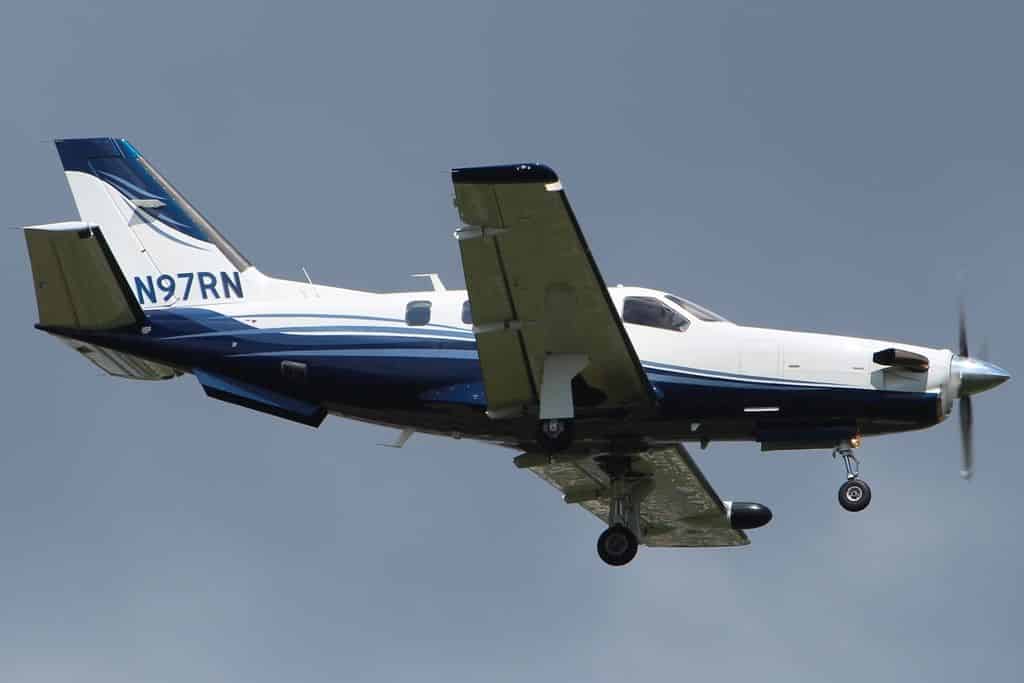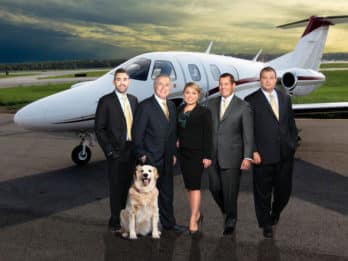Barnes TBM Crash Has Bizarre Twists
The Barnes TBM crash has bizarre twists. The crash of prominent New York City Lawyer Stephen Barnes bears some very unusual twists as the NTSB decides not even to travel to the scene to commence its investigation.
While the NTSB blames COVID-19 for its decision not to travel, it apparently ignored CDC guidelines about how masks and washing hands will protect us all from that influenza.
That leaves this investigation in the hands of the Plaintiffs’ lawyers, which is how most airplane accidents are resolved after investigation anyway.
The TBM is a pressurized single-engine turbine aircraft. It was flying along at 28,000 feet when communications with Boston Center were mysteriously lost. This makes no sense since once on the frequency there should have been no interruption. The procedure is to go back to the last frequency assigned if radio contact is lost or to guard 121.5, the emergency frequency if that doesn’t work.

The radar track shows the aircraft descending at a prodigious rate as the pilot was instructed to descend and maintain 8000 feet. In fact, just as it began its descent the airplane’s speed was 300 knots, 140 knots higher than its maneuvering speed (the speed at which full control inputs will stall the airplane before it breaks). The speed in the descent actually exceeded 440 knots, which in my experience means it broke up in the air.
The pilot asked for radar vectors to intercept the Instrument Landing System but was instructed to fly directly to the airport where he would overfly and be vectored to the ILS from the other side.
Instead, the aircraft flew in a more Northerly heading and not to the airport. When queried about it by Approach Control there was no response from the pilot.
The aircraft descended at a ground speed (radar shows only speed across the ground) of 440 knots more than 280 knots above the turbulence penetration speed of the TBM and descended below the assigned altitude until it crashed.
The following comes to mind:
1. Assuming the pilot was in good health was he impaired due to loss of pressurization as others have in the TBM?
2. At 28,000 feet, useful consciousness is between 2.5 to 3 minutes and perhaps the loss of pressurization put the pilot to “sleep” for a time.
3. Regaining usefulness is immediate as one descends and the pilot, had he been impaired by a pressurization loss, should have been able to fly as he got lower.
4. The increase in speed means either the airplane broke up on the way down or the engine was still in cruise power as the airplane descended.
5. The pilot had only flown this aircraft 8 hours in the prior three months.
6. It is unknown the recency of the pilot’s training or total flying experience.
7. A failure of the flight control system is possible such that the radios could have gone dark, the autopilot could have failed and other features to protect the pilot and the aircraft could likewise have failed, but when asked by Buffalo Approach, the pilot answered that everything was ok.
8. There is no cockpit voice recorder onboard this model but there are computer chips that may be readable that might disclose whether there were any of the failures that could cause loss of control.
9. A pressurization loss such that the pilot became impaired is a very strong consideration and a careful examination of that system is vital as a starting point in this investigation.
10. The aircraft appears to have broken up in or right before the descent.
11. The NTSB will dawdle and not release the wreckage for months and maybe years to keep Plaintiffs from finding out the cause until it issues its own report which will no doubt be written by parties it invites to the investigation, the manufacturer of the aircraft, and the engine.
12. They will be more concerned with their legal liability than serving aviation safety.
13. A review of maintenance records will thus be an important tool in preliminarily helping those who represent the victims in investigating the cause.
14. It is therefore vital that when the FAA or NTSB attempt to muscle the victims’ families and colleagues into giving up these records, that copies be made first and kept for counsel who represent the victims.
Only the most experienced air crash litigators should be engaged to work this case.
The Wolk Law Firm is the most experienced.
Arthur Alan Wolk




